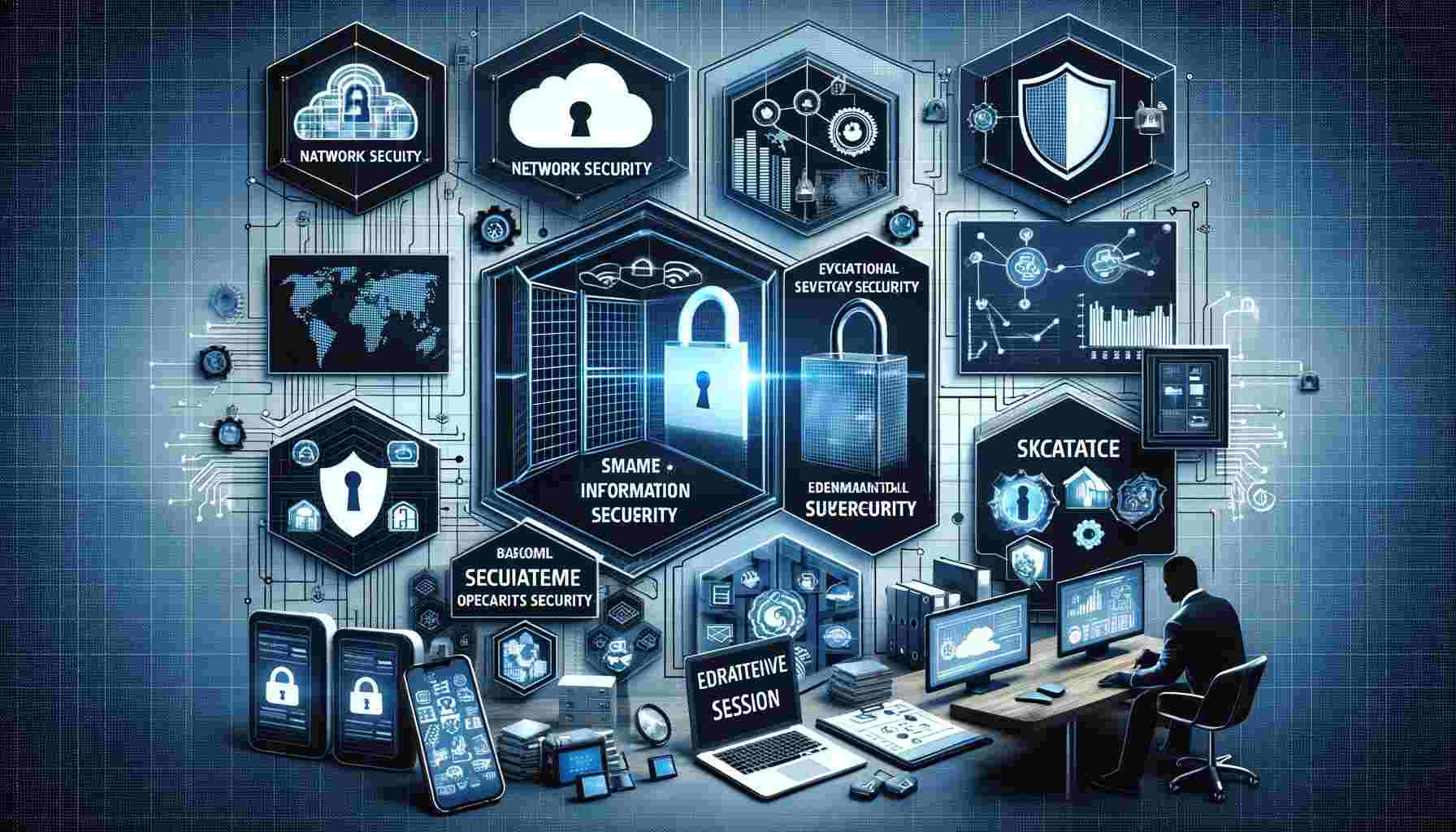
In today’s digital age, cybersecurity is not just a necessity but a mandatory investment for small and medium-sized enterprises (SMEs). With cyber threats evolving rapidly, understanding the different types of cybersecurity can help protect your business from potential breaches and cyberattacks. This article explores various cybersecurity strategies and helps determine which type might be the best fit for your SME, ensuring your digital assets and data are adequately protected.
Understanding the Spectrum of Cybersecurity
Cybersecurity is a broad field that encompasses various technologies, processes, and practices designed to protect networks, devices, programs, and data from attack, damage, or unauthorized access. For SMEs, implementing effective cybersecurity measures is critical due to their vulnerability to cyber threats, which can lead to significant financial losses and damage to business reputation.
1. Network Security
What is Network Security? Network security involves measures taken to secure a computer network against intruders, whether targeted attackers or opportunistic malware. It is essential for preventing unauthorized access, misuse, modification, or denial of a computer network and network-accessible resources.
Is it right for your SME? For SMEs with a substantial network of computers and devices, network security is crucial. Implementing strong network security measures such as firewalls, intrusion detection systems (IDS), and intrusion prevention systems (IPS) can help safeguard your network from external attacks and insider threats.
2. Application Security
What is Application Security? Application security involves measures aimed at making apps more secure by finding, fixing, and enhancing the security of apps. Much of this happens during the development phase, but it includes tools and methods to protect apps once they are deployed.
Is it right for your SME? If your business relies heavily on providing services through applications, prioritizing application security is essential. Regular updates, security testing, and investing in secure coding practices are critical steps in protecting your applications from cyber threats.
3. Information Security
What is Information Security? Information security, or InfoSec, protects physical and digital data from unauthorized access, use, disclosure, disruption, modification, or destruction. It encompasses strategies to preserve the privacy, confidentiality, and availability of information.
Is it right for your SME? For SMEs dealing with sensitive data, such as customer details, financial information, or intellectual property, information security is vital. Techniques such as encryption, secure user authentication, and access control are necessary to safeguard your data.
4. Operational Security
What is Operational Security? Operational security (OpSec) involves the processes and decisions for handling and protecting data assets. The permissions users have when accessing a network and the procedures that determine how and where data may be stored or shared all fall under the umbrella of operational security.
Is it right for your SME? Operational security is suitable for SMEs that need to manage and secure their operational procedures. Implementing comprehensive policies for data handling and employee access control can help prevent data leaks and enhance overall security.
5. Disaster Recovery and Business Continuity
What is Disaster Recovery? Disaster recovery involves a set of policies, tools, and procedures to enable the recovery or continuation of vital technology infrastructure and systems following a natural or human-induced disaster. Business continuity is closely related, focusing on maintaining business functions or quickly resuming them in the event of a major disruption.
Is it right for your SME? Every SME should have a disaster recovery and business continuity plan. This cybersecurity type ensures that your business can continue operating and recover quickly from any form of disruption, minimizing downtime and financial losses.
6. End-user Education
What is End-user Education? End-user education addresses the most unpredictable cybersecurity factor: people. Teaching users about the dangers of phishing scams, the importance of using strong passwords, and the proper handling of data can significantly secure an organization’s cyber environment.
Is it right for your SME? End-user education is critical for all SMEs, as human error is one of the most common security breach points. Regular training can empower your employees to recognize threats and handle data responsibly, significantly reducing risk.
Conclusion
Choosing the right type of cybersecurity for your SME depends on various factors, including the nature of your business, the type of data you handle, and your specific risk factors. By understanding and implementing the appropriate cybersecurity measures, you can ensure that your business remains secure against increasingly sophisticated cyber threats. Remember, investing in cybersecurity is not a one-time task but a continuous process of improvement and adaptation to new challenges in the digital world.
